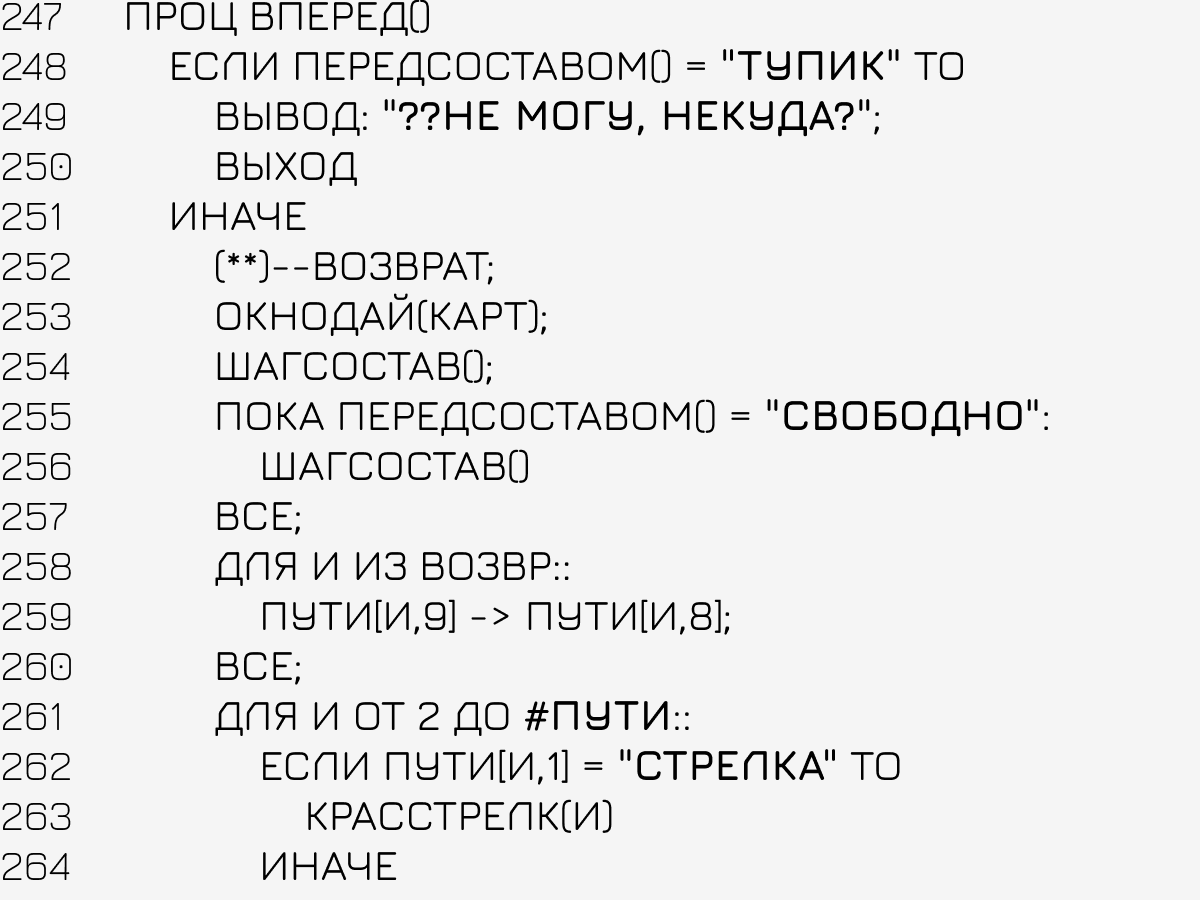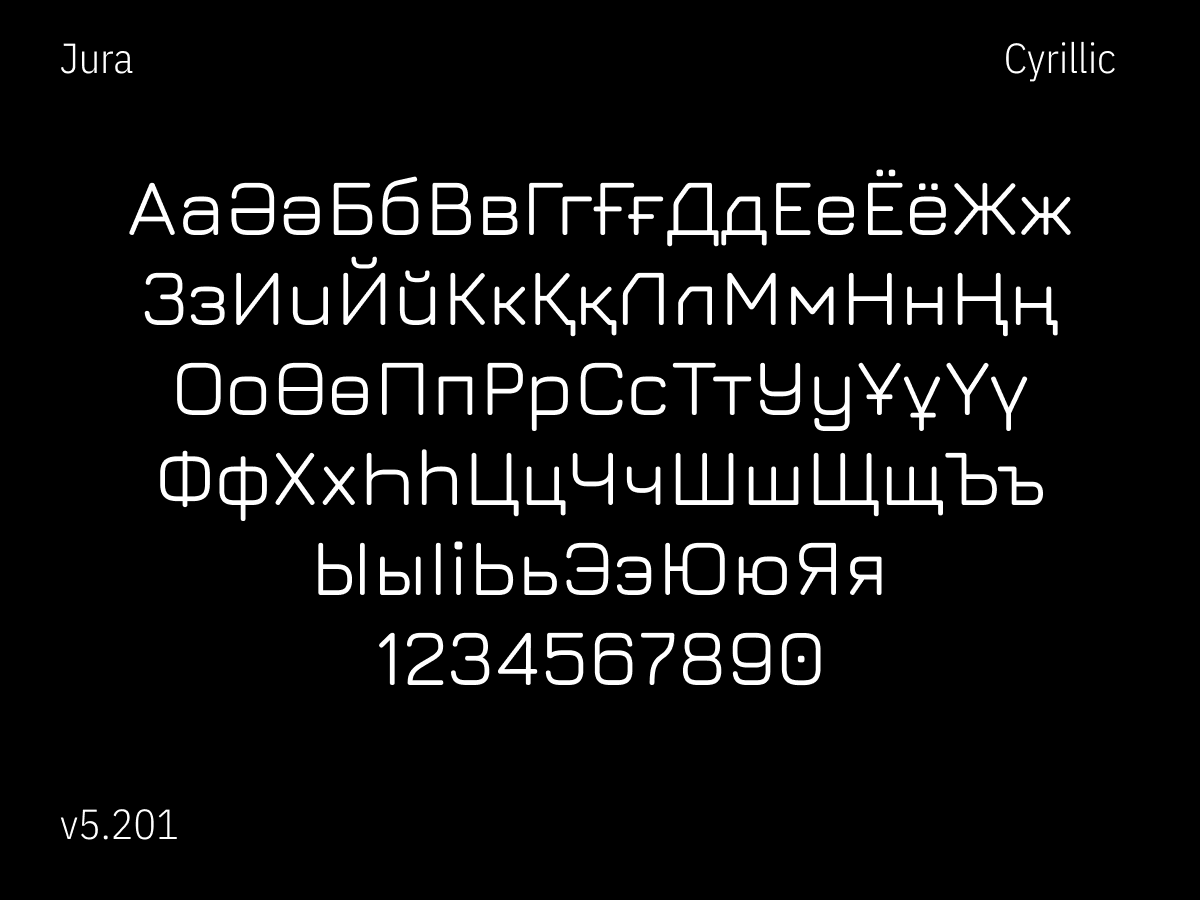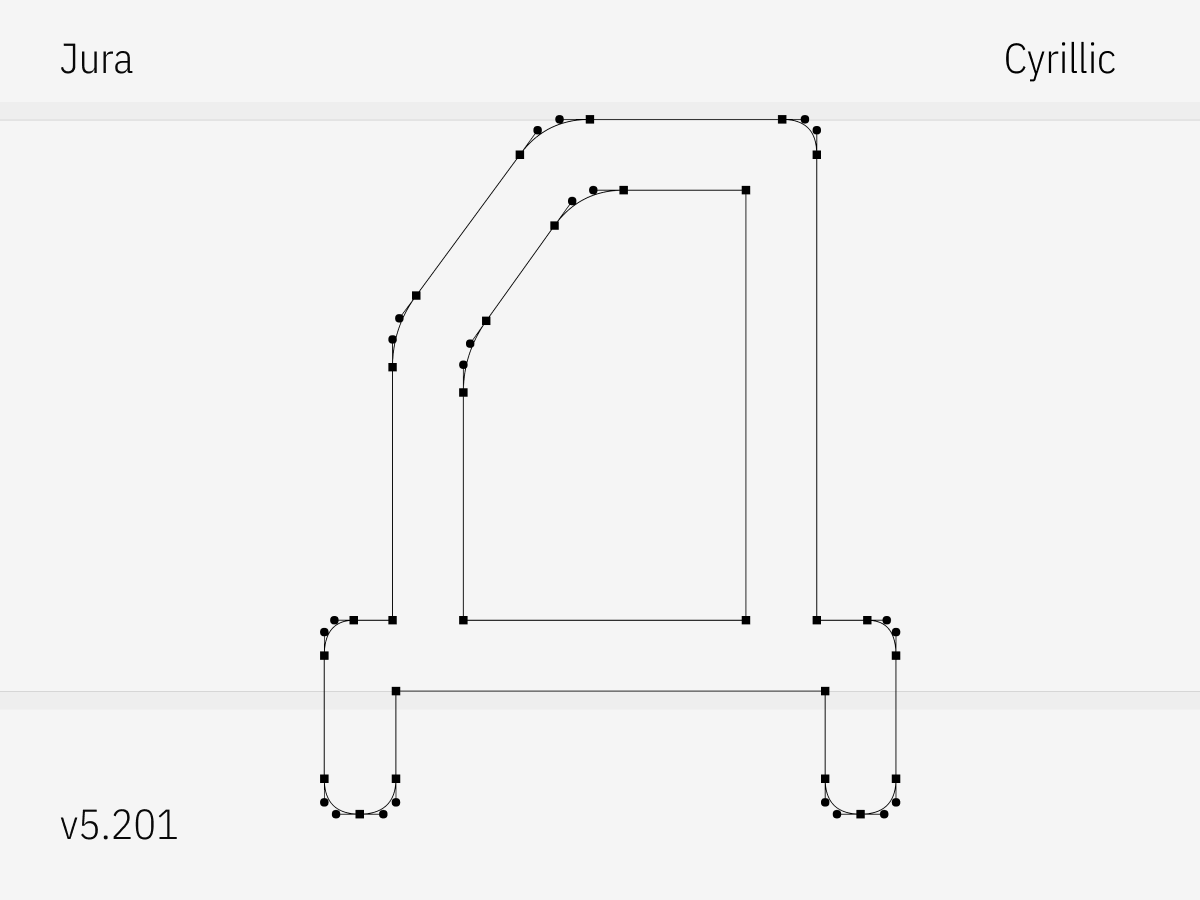Jura Variable
type your text and adjust the sliders to change weight and size.
type here...
Books previously had to be laboriously copied by hand, yet only a half-century after the Gutenberg Bible became the world’s first printed bestseller, millions of different volumes were flying off presses across Europe. Explore seven fascinating facts about one of the rarest and most influential books in world history.
Info
Info
Jura is a family of sans-serif fonts in the Eurostile vein. It was originally inspired by some work I was doing for the FreeFont project in designing a Kayah Li range for FreeMono. The Latin alphabet is using the same kinds of strokes and curves as the Kayah Li glyphs, and thus Jura was born. It has been expanded to include glyphs for the Cyrillic and Greek alphabets as well.
The original Kayah Li glyphs have been included in this font. Note that glyphs for writing mainstream Burmese are not and never have been a part of this font.
The Jura family has an unfortunate name clash with Ed Merritt’s Jura serif font. To contribute, see github.com/ossobuffo/jura.
Cyrillic designed in 2024 by Guldana Tauasar, art-director Alexei Vanyashin
ABCDEFGHIJKLMNOPQRSTUVWXYZabcdefghijklmnopqrstuvwxyz
Languages
Languages
Latin: Afrikaans, Albanian, Basque, Bokmål, Bosnian, Breton, Catalan, Cornish, Croatian, Czech, Danish, Dutch, English, Esperanto, Estonian, Faroese, Finnish, French, Frisian, Friulian, Gaelic (Manx), Gaelic (Scottish), Gagauz (Latin), Galician, German, Hawaiian, Hungarian, Icelandic, Indonesian, Irish, Irish Gaelic, Italian, Karelian, Ladin, Latvian, Lithuanian, Luxemburgish, Maltese, Moldavian (Latin), Norwegian, Polish, Portuguese, Rhaeto-Romanic, Romanian, Sami, Serbian (Latin), Slovak, Slovenian, Sorbian, Spanish, Swahili, Swedish, Turkish and Welsh
Cyrillic: Azerbaijani/Azeri, Bashkir, Byelorussian/Belarussian, Bulgarian, Kazakh, Kyrghiz, Macedonian, Mongolian, Moldavian (Romanian), Russian, Serbian (Serbo-Croatian), Tajik, Tatar, Uyghur, Ukrainian, Uzbek
Буквы для печати в типографии Фиоля были вырезаны по образцам из рукописей немецким мастером Рудольфом Дорсдорфом из Брауншвейга, с которым 4 февраля 1491 года было заключено соглашение не вырезать те же кириллические буквы для других клиентов. Интересно отметить, что некоторые книги Фиоля имеют одну и ту же дату печати — 1491 год. Принимая во внимание типографские возможности того времени, исследователи считают, что для издания пяти славянских книг Фиоля требовалось от пяти до шести лет. Сохранился документ, указывающий, что Фиоль арендовал помещение для типографии в Кракове около 1483 года. Вполне возможно, что Фиоль начал свою типографскую работу в 1483 году, и 1491 год, который встречается в некоторых его книгах, указывает на дату, когда книги были закончены.
Download
Download
By downloading you accept the SIL OFL 1.1 license terms.
| Type | Styles | Format |
|---|---|---|
| Static | 5 styles | OTF, TTF, woff2 |
| Variable | 1 font | TTF, woff2 |
Tags:




